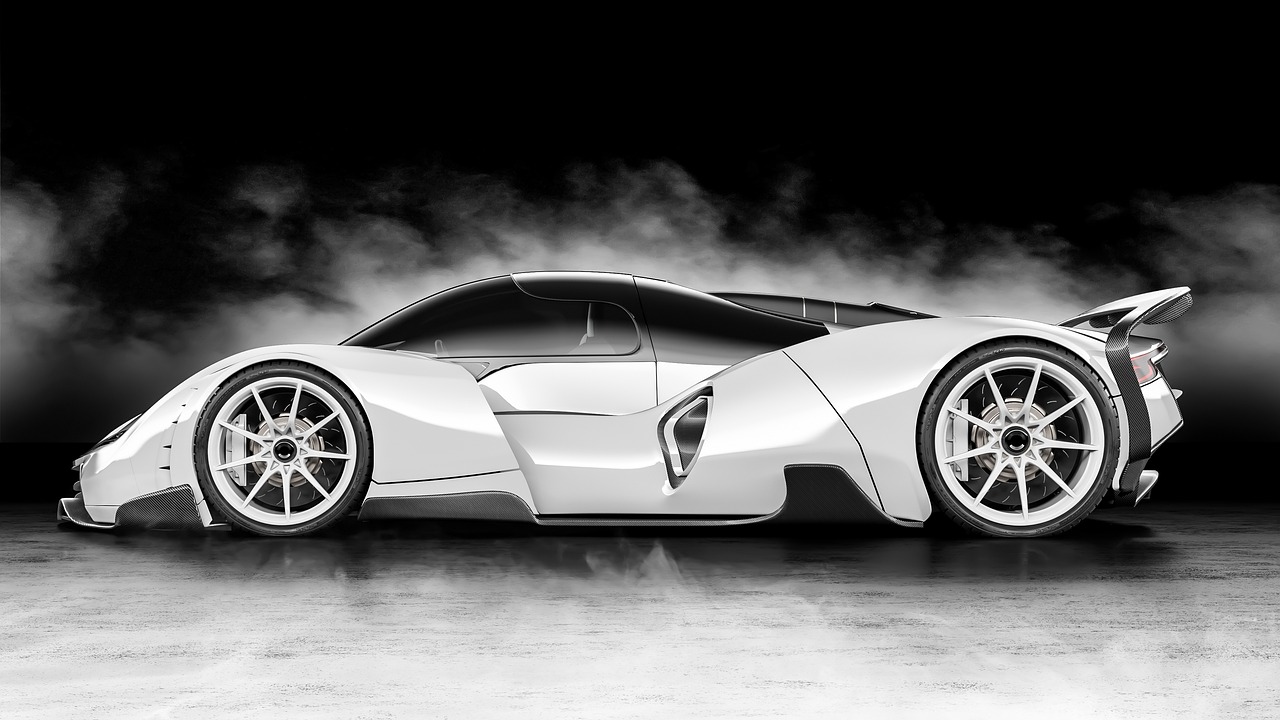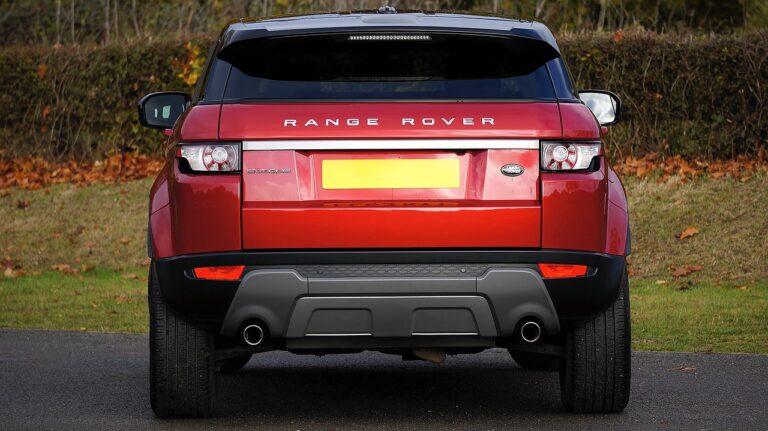Advancements in Automotive Aerodynamics
Reducing drag and enhancing fuel efficiency pose significant challenges for vehicle designers and engineers. The complex interplay of aerodynamics, weight, and powertrain efficiency means that even minor design changes can have a substantial impact on overall performance. A key obstacle in this pursuit is the need to balance aerodynamic improvements with other design considerations, such as passenger comfort, cargo space, and structural integrity.
Moreover, the push for fuel efficiency often requires trade-offs that can be difficult to navigate. For instance, while sleeker body designs can reduce drag and enhance fuel economy, they may also compromise interior space or driver visibility. Achieving optimal aerodynamic performance without sacrificing other essential aspects of vehicle design is a delicate balancing act that requires expertise, innovation, and cutting-edge technology.
Importance of aerodynamics in vehicle design
Aerodynamics plays a crucial role in the design of vehicles, impacting their performance, efficiency, and overall functionality. By optimizing the airflow around a vehicle, engineers can reduce drag, which in turn enhances fuel efficiency and minimizes energy consumption. This is particularly important in the automotive industry, where advancements in aerodynamics can lead to significant improvements in environmental sustainability and operational cost savings.
Moreover, aerodynamic design not only influences a vehicle’s speed and fuel consumption but also plays a key role in enhancing stability and maneuverability. By carefully shaping the exterior surfaces of a vehicle to streamline airflow, designers can minimize air resistance and turbulence. This results in improved handling, reduced wind noise, and enhanced overall driving experience for the user. In essence, the integration of aerodynamic principles in vehicle design is fundamental to achieving optimal performance and efficiency across various transportation modes.
• Aerodynamics impacts performance, efficiency, and functionality of vehicles
• Optimizing airflow reduces drag, enhances fuel efficiency, and minimizes energy consumption
• Advancements in aerodynamics can lead to significant improvements in environmental sustainability and cost savings
• Aerodynamic design influences speed, fuel consumption, stability, and maneuverability of vehicles
• Streamlining airflow improves handling, reduces wind noise, and enhances overall driving experience for users
Innovative materials used in improving aerodynamics
In recent years, the automotive industry has witnessed a surge in the development of innovative materials aimed at improving aerodynamics. These materials play a crucial role in minimizing drag and increasing fuel efficiency in vehicles. By incorporating advanced composites, such as carbon fiber and titanium, automakers are able to achieve sleeker and more streamlined designs that reduce air resistance.
Not only do these innovative materials enhance the aerodynamic performance of vehicles, but they also contribute to overall weight reduction. Lighter materials like aluminum and high-strength steel help to decrease the mass of vehicles, further enhancing fuel efficiency and handling. Additionally, the use of advanced polymer blends and ceramics in specific areas of the vehicle’s body can help optimize airflow and reduce turbulent air pockets, ultimately leading to improved aerodynamic efficiency.
What are some challenges in reducing drag and increasing fuel efficiency in vehicles?
Some challenges include finding ways to streamline the vehicle’s shape, reducing turbulence around the vehicle, and minimizing air resistance.
Why is aerodynamics important in vehicle design?
Aerodynamics plays a crucial role in improving fuel efficiency, reducing emissions, enhancing vehicle performance, and increasing overall safety on the road.
What are some innovative materials used to improve aerodynamics in vehicles?
Some innovative materials include carbon fiber composites, lightweight alloys, advanced polymers, and special coatings that help reduce drag and improve overall aerodynamic performance.







